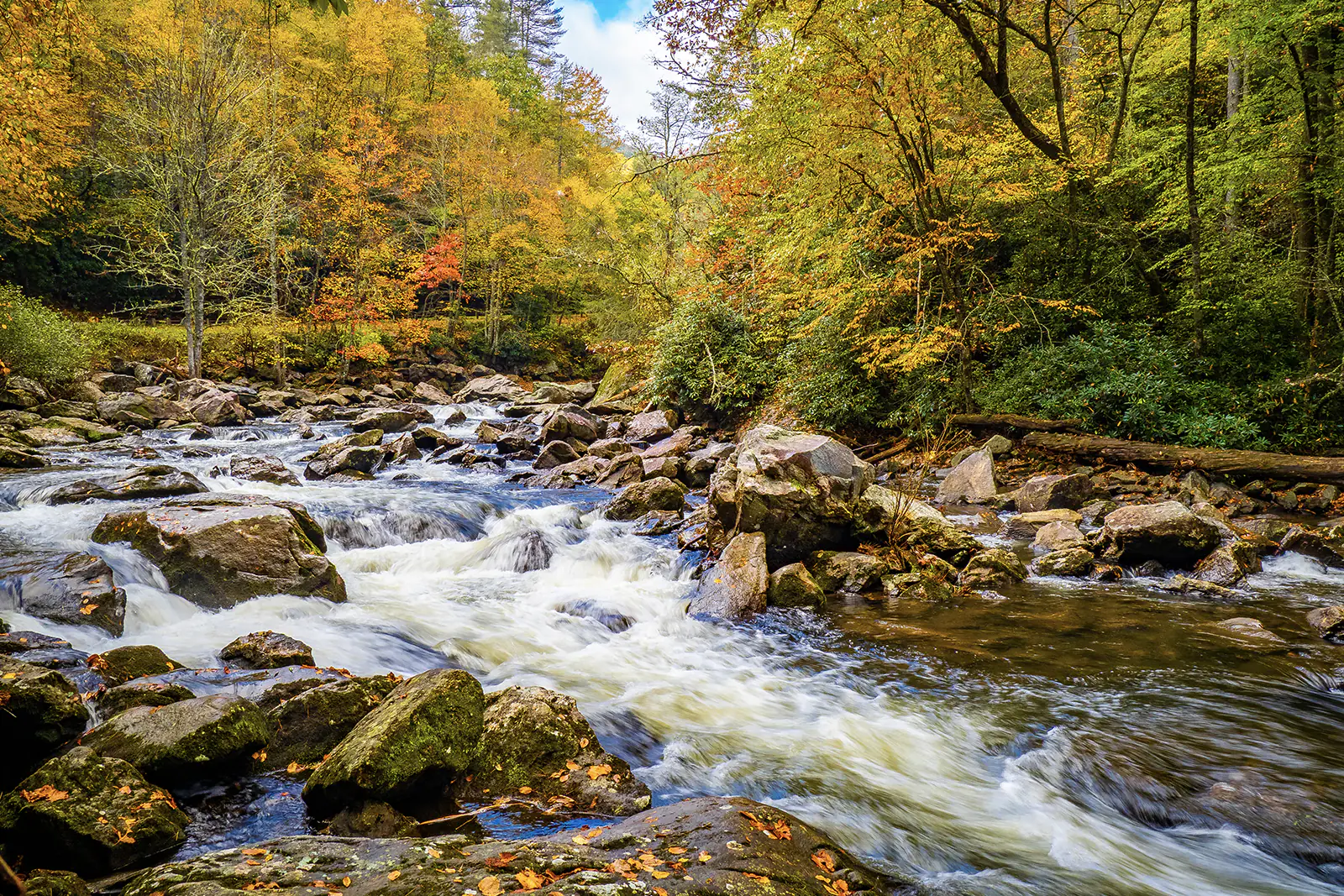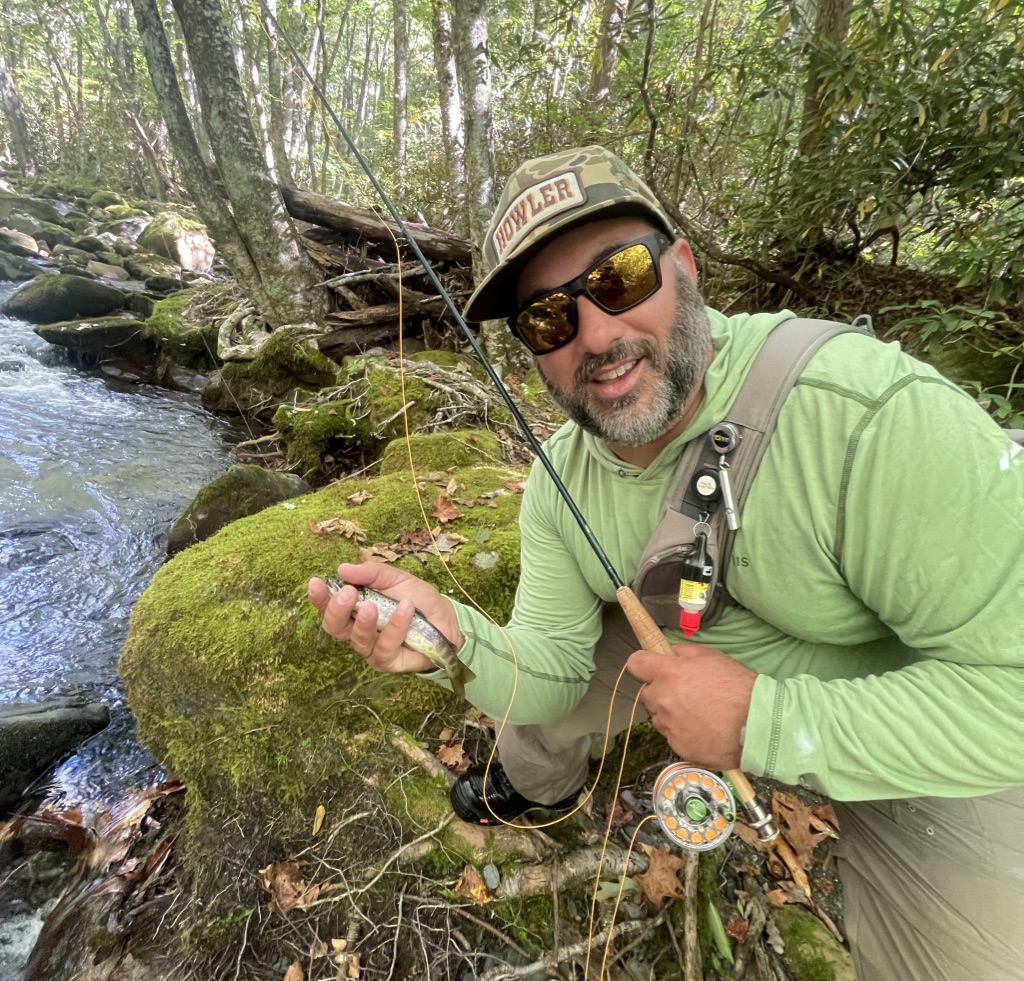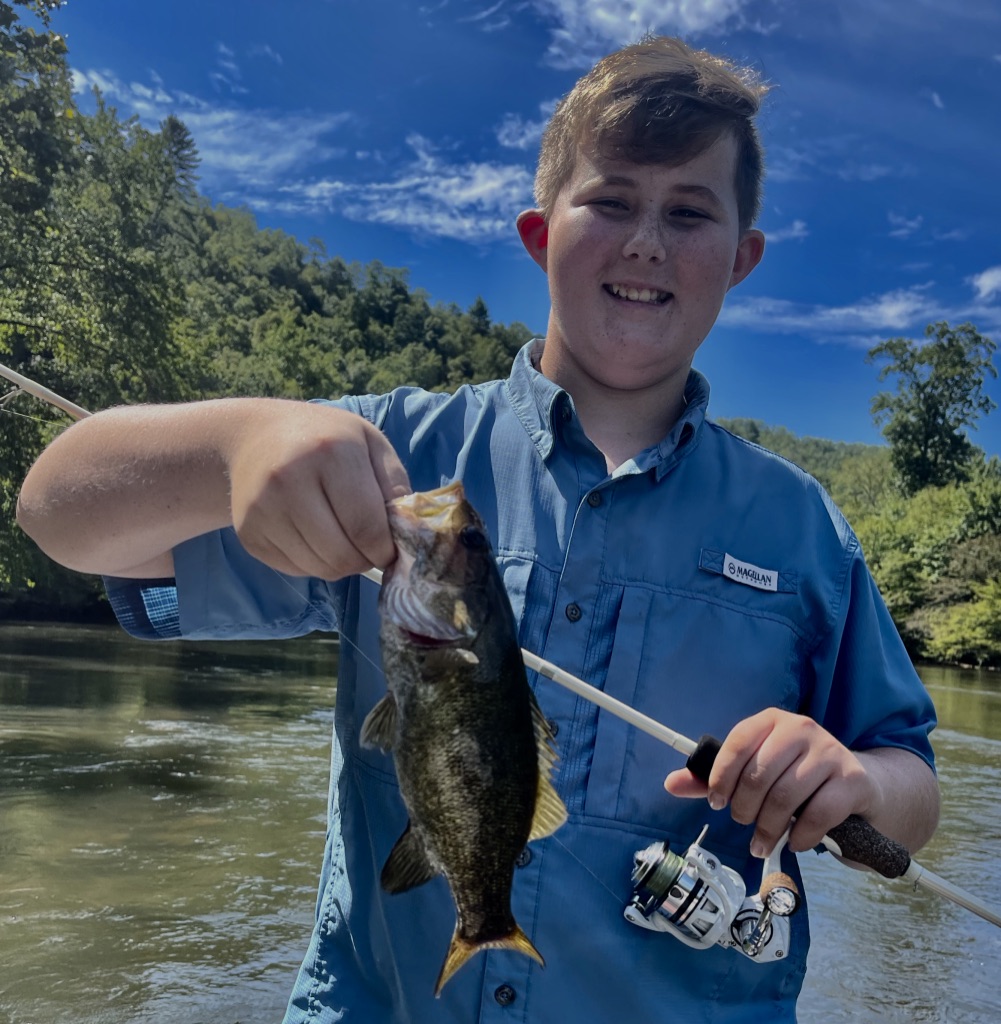The Park
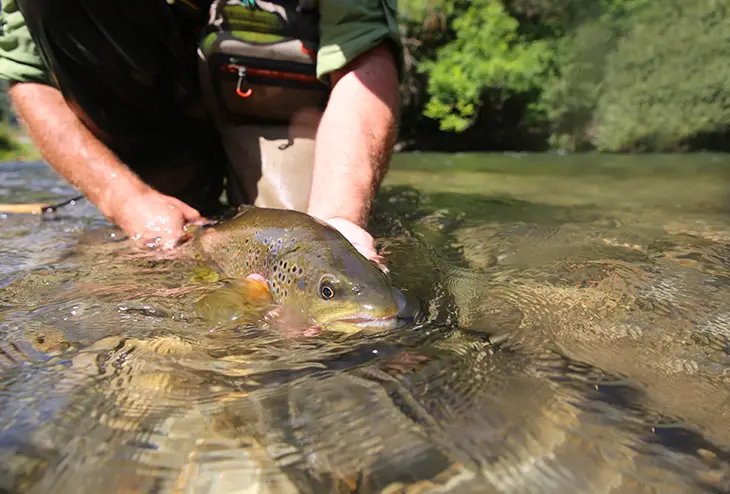
One of our clients’ favorite spots to fly fish is the Great Smoky Mountains National Park. The park is particularly popular with clients staying in the Gatlinburg and Pigeon Forge areas.
Fish Species
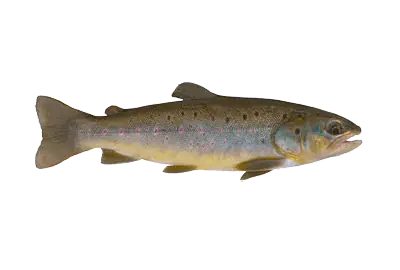
Brook Trout
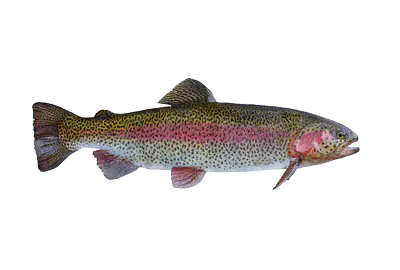
Rainbow Trout

Brown Trout
What's Special About This Water?
The Smokies are home to some of the best wild-trout fishing in the United States. Wild trout, while relatively small, are intense fighters and have brilliant coloration, unlike what you will find with hatchery-raised fish in other waters.
The high country of the Smokies receives an average of 85 inches of rainfall per year, which feeds 2,100 miles of streams within the park. Some of our favorites are:
In North Carolina:
- Deep Creek
- Straight Fork
- Oconaluftee River
- Big Creek
- Twentymile Creek
- Raven Fork Creek
- Noland Creek
- Eagle Creek
- Hazel Creek
- Forney Creek
- Kephart Prong
In Tennessee:
- Abrams Creek
- Cataloochee Creek
- Little River
- Middle Prong Little Pigeon
- West Prong of Little Pigeon

Best Time to Fish
The rivers and streams in the Smokies are a year-round fishery. Most of the waters in the park are cold throughout the year because they are fed from high elevations and are well-shaded. So, the park is a great destination in the summer months when other areas’ waters are too warm for catching trout.
Any time heavy rains muddle the larger rivers like the Tuckasegee, the streams in the Smokies are another excellent option for fishing. We often see a surge in demand for fishing the Smokies in the spring and summer as tourism picks up in Gatlinburg and Pigeon Forge, but we can always find a beautiful and secluded spot to fish.

Trip Planning
The fall foliage in the Smoky Mountains is breathtaking, which makes autumn a perfect time to wet a fly amidst some of the most dramatic scenery you will find anywhere. Mild winter days are another opportunity to get outdoors and shake off your cabin fever with a walk-and-wade trip.
The park’s half a million acres straddle the border of North Carolina and Tennessee and include the largest stand of old-growth deciduous trees in the United States. It’s a magnificent place to fish!
Latest Fishing Reports
Additional Information
Technique and Tips
Many of the most productive fishing spots in the Great Smoky Mountains National Park are relatively small streams with tight areas for casting. As such, roll casting and bow-and-arrow casting are common techniques. Euro nymphing is another successful fly fishing technique on streams in the Great Smoky Mountains National Park.
Go-To Flies
We mostly fish wet and dry flies in the park and rarely use streamers. Go-to flies vary by season, so we make specific fly recommendations based on the calendar and bug hatch. Give us a call or read our weekly fishing reports for an update on what’s working for us!
Types of Trips
We offer walk-and-wade trips in the park’s waters. In general, the flows are not heavy enough for float trips.
License Requirements
A valid fishing license from Tennessee or North Carolina is required in the park. A license from either state allows you to fish anywhere in the park and no trout stamp is required. Note that licenses are not available for purchase in the park but are available in nearby towns or online.
Nearby Towns
In North Carolina:
- Cherokee
- Bryson City
In Tennessee:
- Gatlinburg
- Pigeon Forge
- Sevierville


